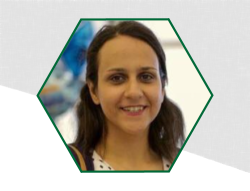Laser Directed Energy Deposition (LDED), a class of Additive Manufacturing (AM) processes, exhibits significant potential in building medium to highly complex shape components for various engineering applications. However, the deployment of LDED is limited due to dimensional deviations and inadequate surface quality in the built parts. The present work reports the development of an adaptive tool path trajectory platform that enables in-situ correction of dimensional inaccuracies, resulting in the production of high-quality components using LDED.. Two Novel semantic segmentation techniques (PointNet and RandLANet) are used to generate the prediction labels for the defect regions; RandLANet outperforms PointNet, therefor it is selected for the final defect detection followed by defect correction. Furthermore, a novel adaptive trajectory planning algorithm is deployed by Kdtree and occupancy map generation to efficiently adjust the process parameters and compensate for the defect regions Subsequently, the built geometries are subjected to geometric, microstructure, and mechanical characterizations. The structures built using adaptive trajectory planning show some micropores at isolated locations. The microstructure is mainly cellular under all conditions with a similar average microhardness of ~ 210 HV. The study provides an integrated and comprehensive approach for building high-quality components using LDED with minimal dimensional deviation from the original CAD model.
Keywords
- Additive Manufacturing
- Computational Geometry
- Deep Learning
- Laser Material Processing
- Surface Defect Detection

